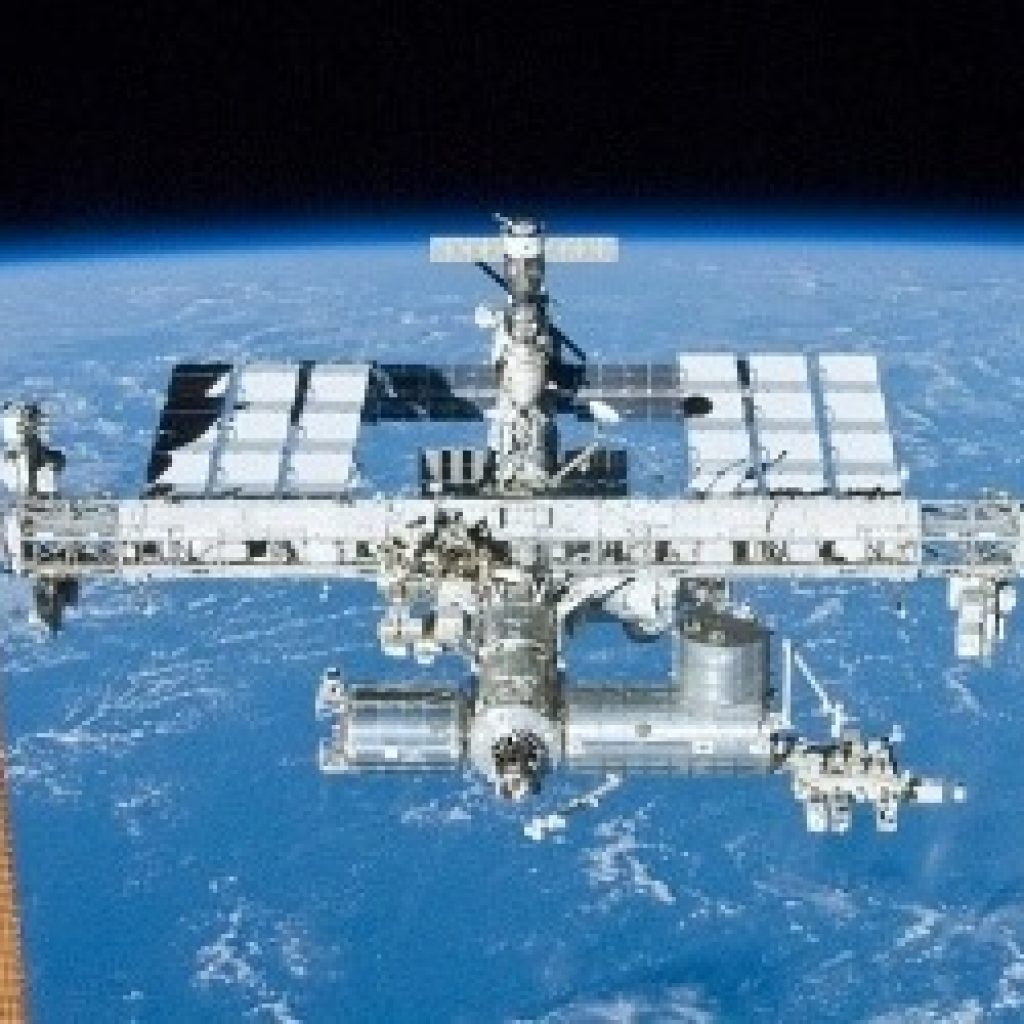(PopSci) NASA announced that it is launching a mini experiment on quantum entanglement in space later this year. The mission, called the Space Entanglement and Annealing QUantum Experiment (or SEAQUE), is set to test if two entangled photons can remain linked with one another in space. This wacky property of quantum physics could one day connect devices like telescopes and computers together at frequencies that carry information with better resolution.
The project is a collaboration between research institutions in the US, Canada, and Singapore along with a few corporate partners. Everything needed for the system would fit inside a milk-carton-sized container on the surface of the International Space Station.
Creating and maintaining this entanglement could allow distance-separated quantum systems on the ground, like quantum computers or quantum telescopes, to communicate high-resolution data with one another. A quantum network can be used for secure communications, for programming a quantum computer remotely, and for distributed sensing.
“Our project is a stepping stone for being able to connect up quantum computers,” says Paul Kwiat, the principal investigator on the SEAQUE project from the University of Illinois Urbana-Champaign. Linking up two quantum computers can also boost their computing capacity. Rather than having, for example, two 100-qubit computers acting independently, if these computers were entangled with each other, they would behave like one 200-qubit computer.
Quantum computers are delicate. If they are a hundred miles apart, but connected with optical fiber, it’s difficult to get the quantum signals to travel from one to the other because there’s loss as it goes through the fiber. “When you go a long enough distance, basically, your quantum signals don’t make it,” Kwiat says. And because quantum states can’t be copied, engineers can’t use amplifiers for the signals. “The advantage of trying to close the link from space is that the intensity of light basically falls off, and therefore the loss is much less going through free space than it would be trying to send a signal through fiber.”
NASA is launching a new quantum entanglement experiment in space
